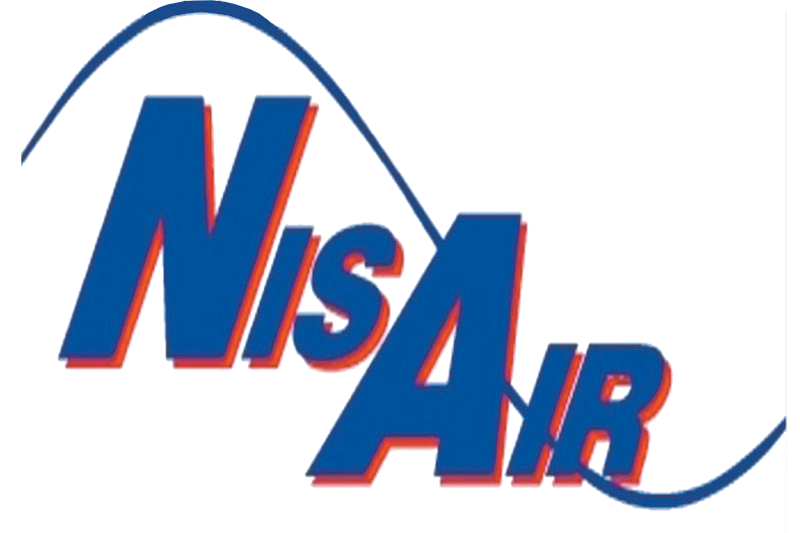What to Do With Your HVAC System After a Flood
Is it better to repair or to replace your HVAC system after a flood? In some cases, it may not be up to you. Following Hurricane Sandy, for example, the Federal Emergency Management Agency mandated replacement, not repair, for HVAC systems in over 25,000 homes affected by flooding. Your insurance company will also have an opinion, as will the qualified heating and cooling contractor who’ll inspect your system.
Not all flood water is equal—and none is pure and pristine. Here in coastal South Florida, the danger of a hurricane storm surge includes the potential for salt water flooding. In that event, replacement, rather than repair of an HVAC system after a flood will be the likely course recommended by most HVAC professionals and/or your insurer. Whatever the source, after flooding, heating and cooling equipment shouldn’t be operated or have power restored until it has undergone an inspection by a qualified HVAC technician.
A/C Issues
Flood waters and air conditioners don’t mix. Because of the ground installation of residential components, they’re vulnerable to inundation. Outdoor A/C components may be submersed in flood water deep enough to short-circuit and destroy 240-volt electrical components. It may also be exposed to currents that could dislodge the unit and break refrigerant lines. If water enters the compressor, repair is unlikely to be financially feasible and system replacement is indicated.
Furnace Components
The integrity of gas-fired furnace elements, including the burners, gas valves and heat exchanger, are degraded by exposure to water and particularly corrosive salt water. Electrical components like the blower motor are also not water-resistant and will be irreparably damaged on contact.
Ductwork Damage
HVAC ductwork routed through low areas like the basement or crawl space is typically swamped. Since water activates dormant mold spores, toxic mold growth inside ducts is likely following inundation. Professional service is standard to open and dry the ducts, then apply cleaning and disinfection techniques to prevent mold growth. Saturated insulated ducts are presumed to be non-salvageable.
For inspection and professional advice about your HVAC system after a flood, contact NisAir Air Conditioning and Heating.

